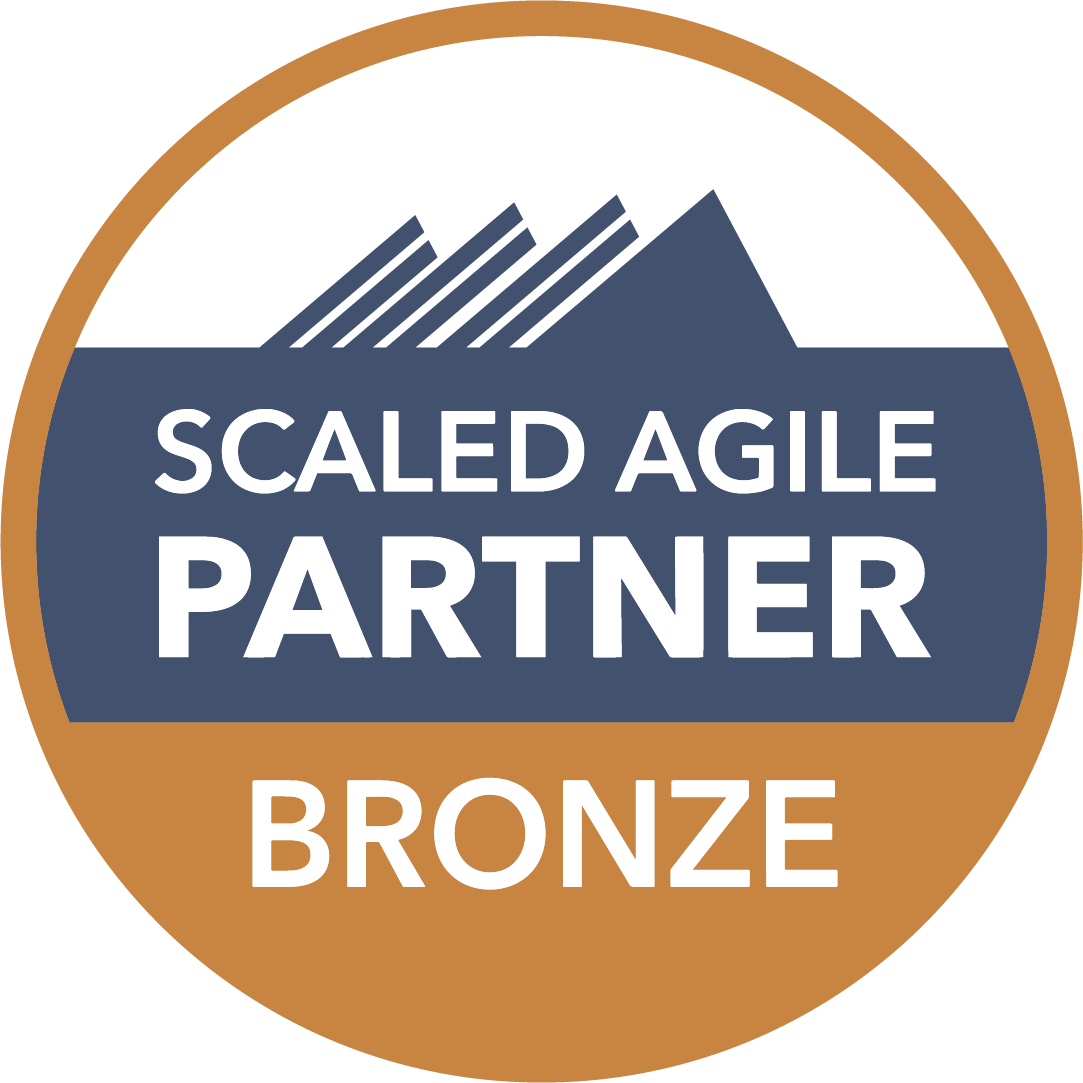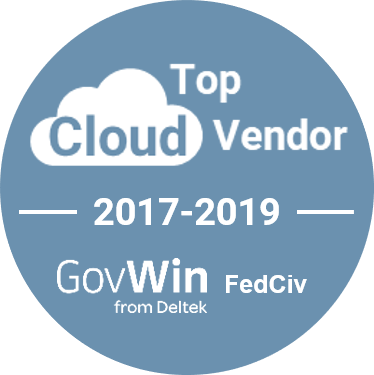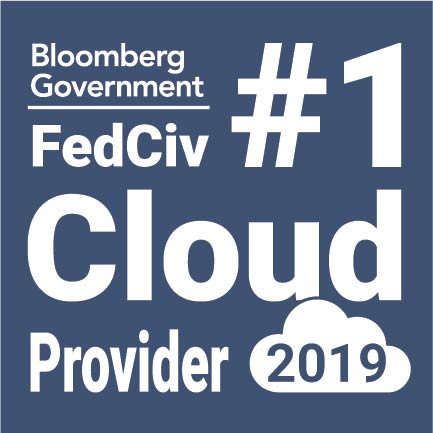Today’s avalanche of technology-driven change has made digital transformation imperative for Federal and civilian enterprises. At the heart of this transformation lies Agile Development, a methodology offering dynamic software development and delivery, which has emerged as the gold-standard for tech transformation. Since the publication of the Agile Manifesto, Agile development has steadily gained importance until it is now the standard development methodology used for Federal enterprise technology modernization efforts.
But what the modernization discussion usually does not include, is the power of Agile for organizational improvement. While enterprises generally do understand the need for enterprise transformation, they often don’t associate that with the development methodology that they are using to build software. Agile methodologies, such as Scrum and Kanban, emphasize iterative development cycles and close collaboration between cross-functional teams. Correct Agile implementation creates an Agile culture of learning between delivery teams, which necessarily “rubs-off” on enterprise activities not directly related to software development which improves and ultimately optimizes the entire enterprise.
Successful Agile delivery is at its core human-centric, a fact often overlooked in the modernization discussion – not merely in terms of baked-in User Experience (UX), but the delivery process itself. Delivery teams are the “agility” behind Agile development and cannot be dissociated. Agile culture is a byproduct of successful Agile delivery. Enterprises that understand this can take advantage of the benefits this can bring.
Agile development can positively impact an enterprise organization as part of its digital transformation strategy, focusing on the build-measure-learn cycle, understanding and prioritizing requirements, and the virtuous cycle between new technology adoption and process improvement. As technologies such as generative AI make a significant impact on business processes across multiple industries, a fundamentally flexible approach to enterprise modernization is critical. There is a myriad of positive impacts on enterprises that have done the hard work of implementing a disciplined, correctly developed and internally empowered Agile process, but three stand out:
- Build-Measure-Learn Cycle:
Correctly implemented Agile development embraces the build-measure-learn (BML) cycle, which emphasizes iterative experimentation and rapid feedback loops. This iterative approach allows enterprises to quickly build prototypes, test hypotheses, gather feedback from users, and adapt accordingly. By continuously iterating and refining solutions based on real-world feedback, organizations can rapidly deliver value to customers while minimizing the risk of investing in large-scale projects with uncertain outcomes. The build-measure-learn cycle fosters a culture of experimentation and innovation, enabling enterprises to explore emergent technologies and stay ahead of the curve in a constantly evolving digital landscape. The discipline of the BML cycle applies directly to many functional areas within the enterprise where empirical feedback on concrete developments and thoughtful adjustment is just as valuable for a Federal enterprise as it is for a technology startup. - Understanding and Prioritizing Requirements:
One of the core principles of Agile development is the focus on understanding and prioritizing customer requirements. Through techniques such as user stories, personas, and iterative planning, Agile teams gain a deep understanding of user needs and preferences. This process not only ensures that the delivered solutions align closely with customer expectations but also forces the enterprise to scrutinize its own business processes. Often, the actual business processes may differ from idealized or documented processes. Agile development compels organizations to confront these discrepancies, leading to insights for business process improvement and optimization. The formalized process of doing user-centric analysis applies to mission-led organizations directly. Analysis of exactly what steps are actually done by personnel performing critical tasks, where their pain points are, and shining a light on procedural inefficiencies directly impacts Federal enterprise organizational effectiveness. - Virtuous Cycle of Technology Adoption and Process Improvement:
A key advantage of Agile development is its ability to foster a virtuous cycle between technology adoption and process improvement. As enterprises adopt new technologies to enable innovative solutions, the Agile development process drives continuous improvement across the organization. The iterative nature of Agile development encourages teams to challenge existing processes, experiment with new tools and methodologies, and identify areas for optimization. By embracing emerging technologies and leveraging Agile methodologies, enterprises can drive innovation, streamline workflows, and enhance overall efficiency. This symbiotic relationship between technology and process improvement enables organizations to adapt and thrive in today’s digital-first technology environment.
It’s worth noting that the full benefits of this kind of internal transformation engine come when an enterprise adopts Agile for internal teams, instead of simply relying on external delivery teams only. By going through the work of understanding where the benefits of Agile development come from and how to implement such a process internally, enterprises are forced to create the organizational space necessary to enable process improvement. Incorrectly applied Agile, such as frameworks that stifle its fundamental responsiveness and efficiency through many layers of complex management or stripped down faux Agile without a disciplined internal cadence do not lead to real organizational benefits. This is because in the case of the former, the learning cycle is stifled to such an extent that there is little possibility of enabling a data-driven learning enterprise and in the latter case, “Agile” is a completely relativistic process with no clear-cut identity and so cannot impact the internal culture of the enterprise. Data-driven organizations are now possible thanks to modern data architectures, but such organizations cannot gain the benefits of a data-driven approach without a learning culture based on empirical testing, which is the primary outgrowth of properly implemented Agile methodology. Now that architectures have been modernized, this next step is of critical importance to Federal and commercial enterprises today.
In conclusion, Agile processes are a hidden and often overlooked cornerstone of digital transformation, empowering enterprises to embrace change, drive innovation, and deliver value to customers. By going through the hard work of internalizing a disciplined but not stifled Agile development culture, enterprises can achieve the data-driven learning organizational flexibility necessary today. By embracing the build-measure-learn cycle, understanding and prioritizing requirements, and fostering a virtuous cycle of technology adoption and process improvement, organizations can directly improve mission outcomes. As enterprises embark on their digital transformation journey, Agile development emerges as a powerful enabler of organizational agility, resilience, and success.


 twitter
twitter





















